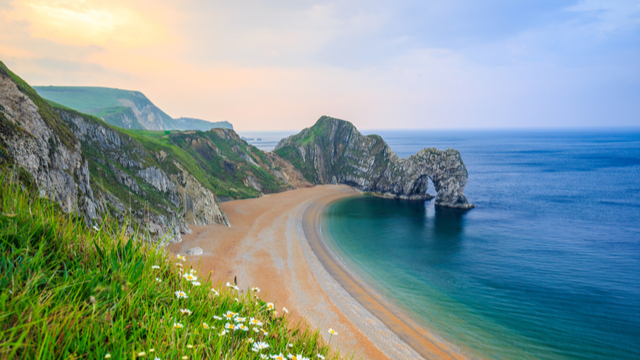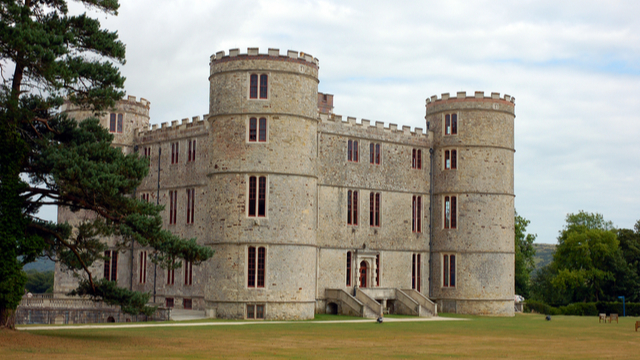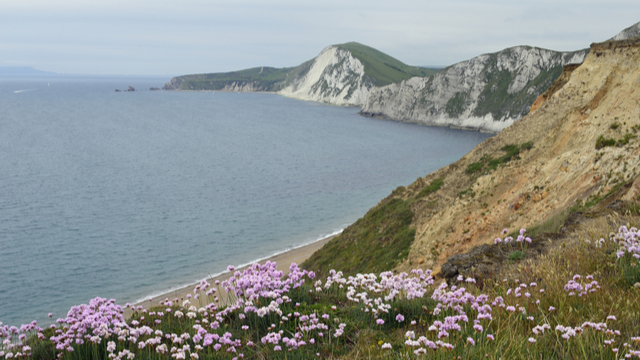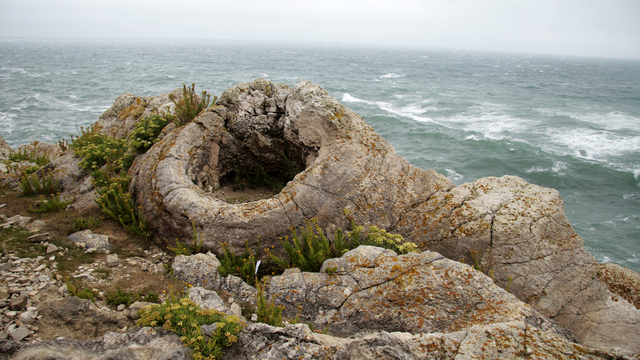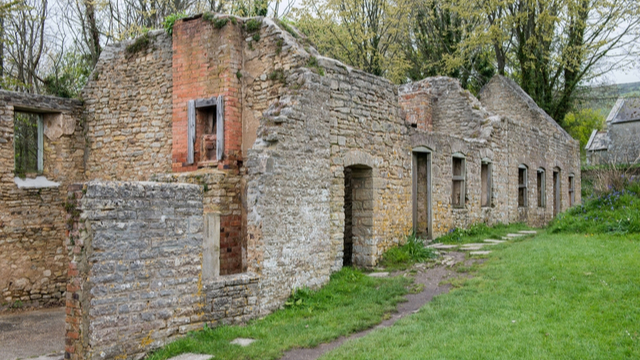Durdle Door
One of the most photographed landmarks in the United Kingdom and certainly the most iconic part of the Jurassic Coast landscape, Durdle Door is a natural limestone arch that appears on many postcards and in many photo albums.
Durdle Door was formed more than 10,000 years ago when the sea eroded the limestone rocks and created the picture-perfect arch. It is privately owned by the Lulworth Estate, but remains open to the public all-year round, with as many as 500,000 people flocking to catch a glimpse of the famous arch each year.
Unsurprisingly, Durdle Door has featured in several films and music videos, while also being a favourite with many authors who have obsessed over the beautiful Dorset coastline.



